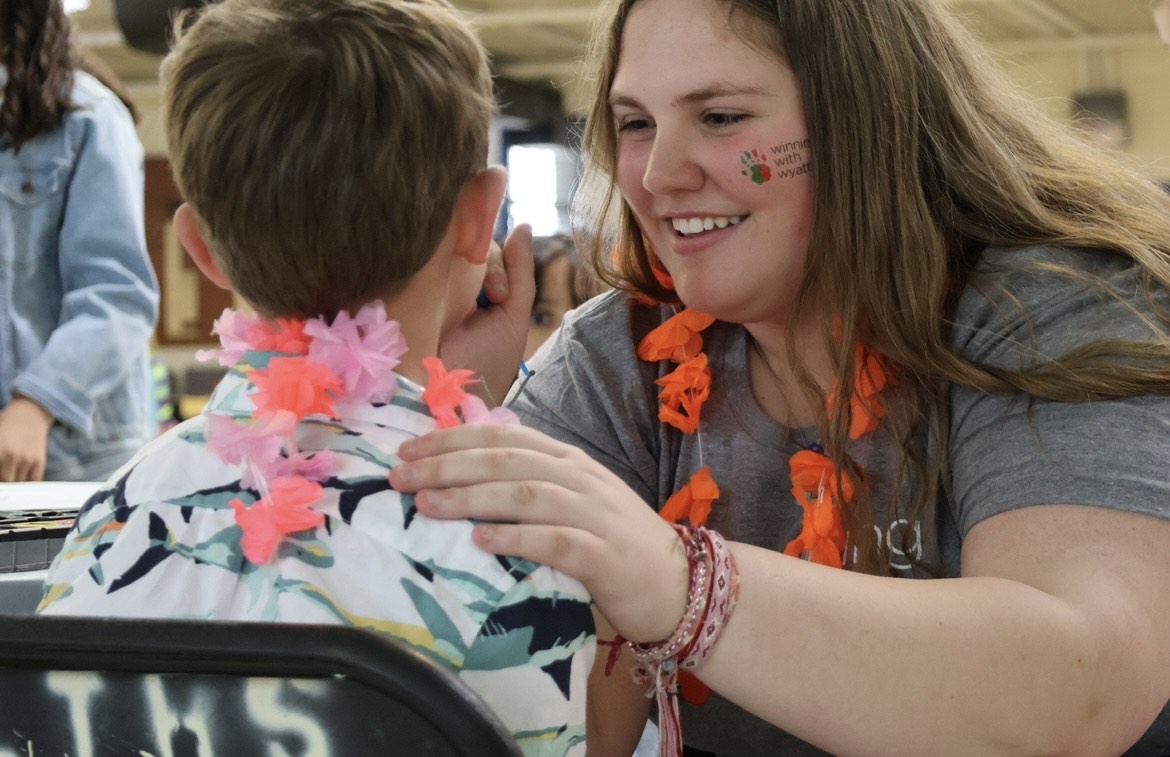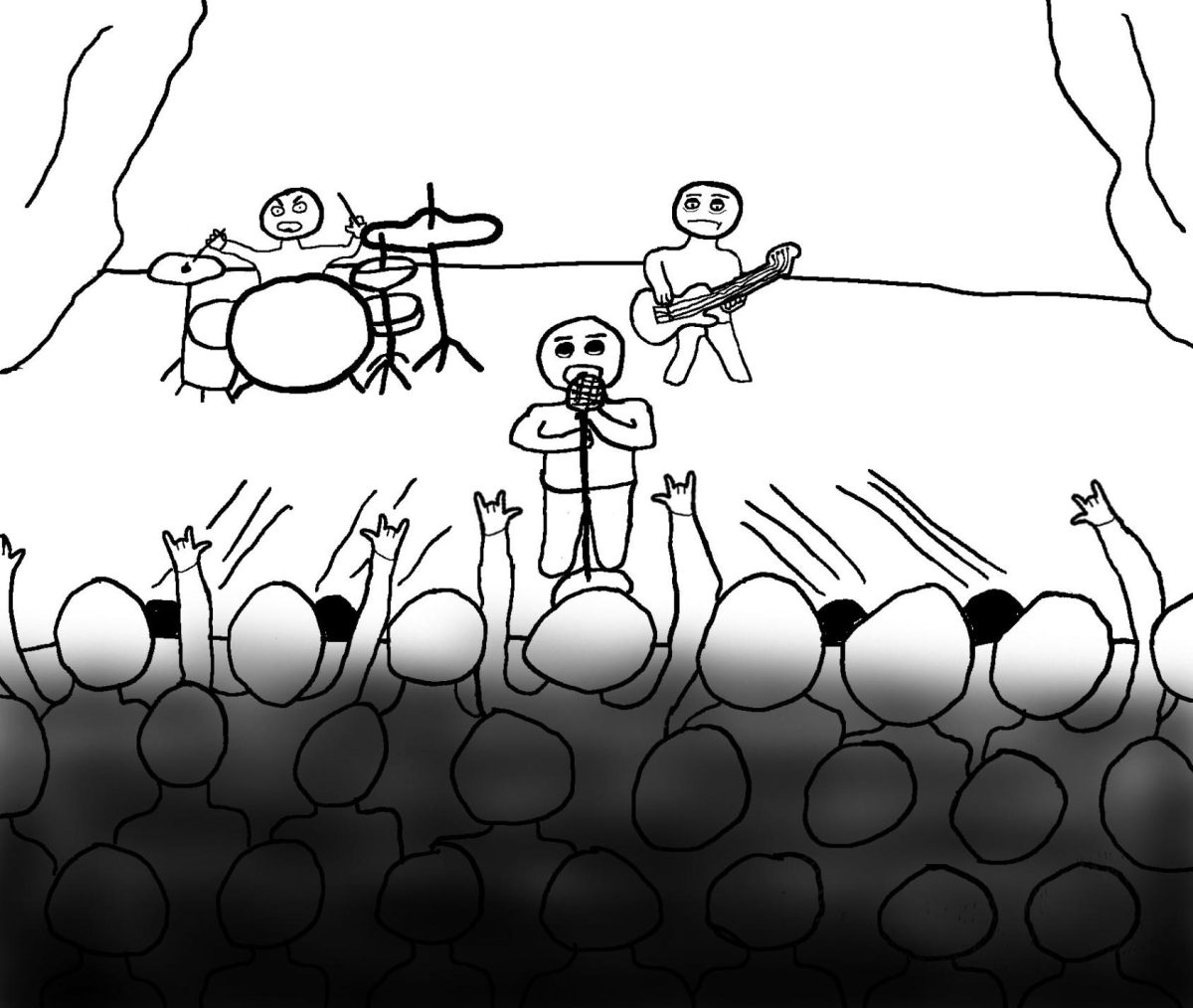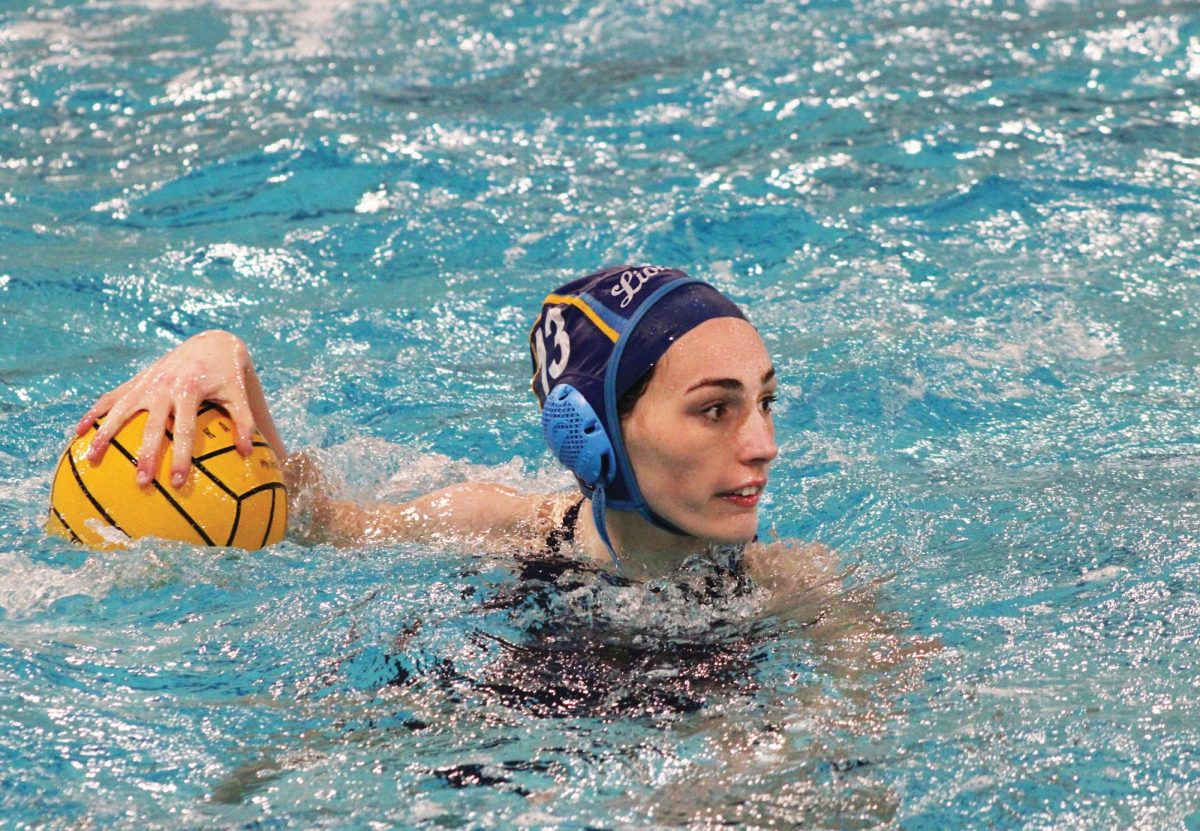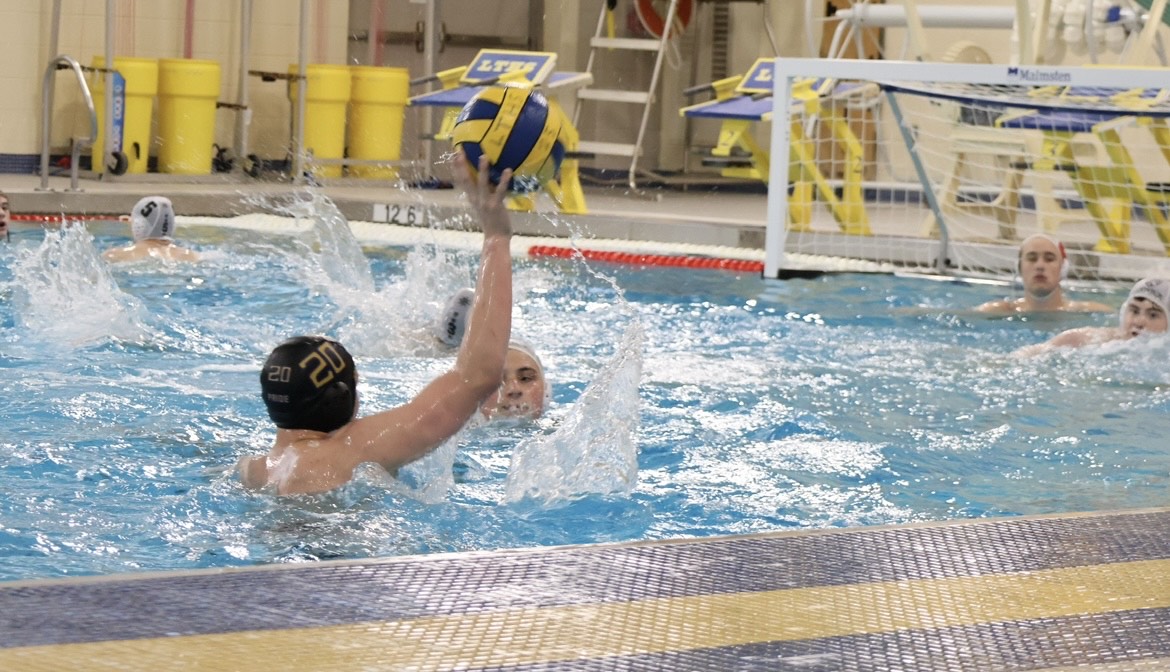Administration combats achievement gaps
January 31, 2020
Each year, a report card is released for all public schools in Illinois providing a snapshot of the schools’ demographics, academic performance and other programs and activities. LT’s report card reveals a wide achievement gap that the administration has strived to address with the pursuit of a fully developed equitable learning environment, principal Brian Waterman said.
The achievement gaps, which the Illinois Report Card defines as “the persistent difference in academic performance between different ethnic and racial groups and income levels,” is above the state average.
When tested in the SAT English Language Arts subject, black students scored 55% lower than white students at LT in 2019. There was a 34% achievement gap between black and white students in Illinois. The achievement gap for Hispanics for the same subject in 2019 was 37%, while the state average was 25%.
For reference, the 2019 report card revealed the following racial breakdown of LT: 72% white, 20.2% Hispanic and 3.5% black. Illinois overall had a 47.6% white, 26.4% Hispanic, and 16.7% black student population last year.
To learn more about and address the achievement gap, LT began the Equity and Achievement Team in October 2014. With this program, administrators challenged themselves to explore the current realities of minority students and brainstorm possible programs and initiatives that could assist in the effort to provide an equitable chance of success for all students. Waterman wrote in a letter to the Director of Curriculum Scott Eggerding, as part of a memo to the Board of Education.
“When we began the Equity and Achievement team, we analyzed the academic data from minority students, and what we found is pretty obvious,” Waterman said. “It becomes not a race issue but a socioeconomic issue. There is probably not a single greater factor in the success of a student than socioeconomic status.”
As of 2019, there was a 45% achievement gap between non-low income and low income students in the SAT English Language Arts subject. There was also a 47% achievement gap between non-low income and low income students in the SAT Mathematics subject. In Illinois, the achievement gap between non-low income and low income students was 31% for both the SAT English Language Arts subject and the Mathematics subject.
Out of LT’s 4,050 students in 2019, 11.8% were considered low income, or are in families receiving public aid, living in substitute care or eligible to receive free or reduced price lunches.
The Equity and Achievement team, which includes teachers, counselors, administrators and staff, identified 42 middle school students with initial recommendations for prep classes and changed them to accel for English, Math and Biology, Waterman said.
The first cohort of students, who graduated in 2019, had five African-American students, 27 Hispanic students, nine white students, and one multi-racial student. One of the factors that determined the students’ eligibility was whether or not they were in the Free and Reduced Lunch Program, Waterman said.
The Equity and Achievement Team 2015-16 Semester One Update revealed that the first cohort of students, overall, experienced minimal struggle and had widespread success.
Out of the 42 students in the first cohort, 18 enrolled in an AP English course, four enrolled in an AP Science course, two enrolled in an AP Math course, and 15 enrolled in an AP Social Studies course by the end of their senior year.
Out of these students, none of whom were told they were in the Equity and Achievement program, 94.4% graduated with a 74% or higher in AP English, 50% graduated with a 74% or higher in AP Science, 0% graduated with a 74% or higher in AP Math, and 67% graduated with a 74% or higher in AP Social Studies.
“What we have found is that we have helped a small number of students, 40 to 50 students per class, but systemically, we still have a lot of work to do,” Waterman said.
In addition to looking at what LT can do for select students, the administration also tries to provide many opportunities for the entire student body, Waterman said.
This is showcased by the 172 academic and career development courses LT offers. And although the plethora of options allows for students to academically branch out, some required classes that do not have separate academic levels can be equally critical, Waterman said.
“Classes like IPC and Civics really get at the core of what is means to be a diverse learning environment both in thought and in demographics,” Waterman said. “IPC, in particular, focuses on communicating, celebrating ones diversity, celebrating our school, and learning how to interact with others. It’s probably the most important skill that we can teach.”
Some of the topics discussed in IPC are culture, perception, identity, stereotyping and gender. These concepts impact the ways in which we interact, IPC teacher Kirsten Manthei said.
“I think one of the best things that we did was eliminate the levels in IPC. One of the advantages we have found in having a diverse learning community is that the students really benefit from one another,” Manthei said. “I have found that during the perception and culture unit in particular, the diversity within my class can directly impact the quality of the discussions and therefore what students are able to learn.”





















![Movie poster for '[Rec]" (2007).](https://www.lionnewspaper.com/wp-content/uploads/2023/04/rec-640x900.jpg)



